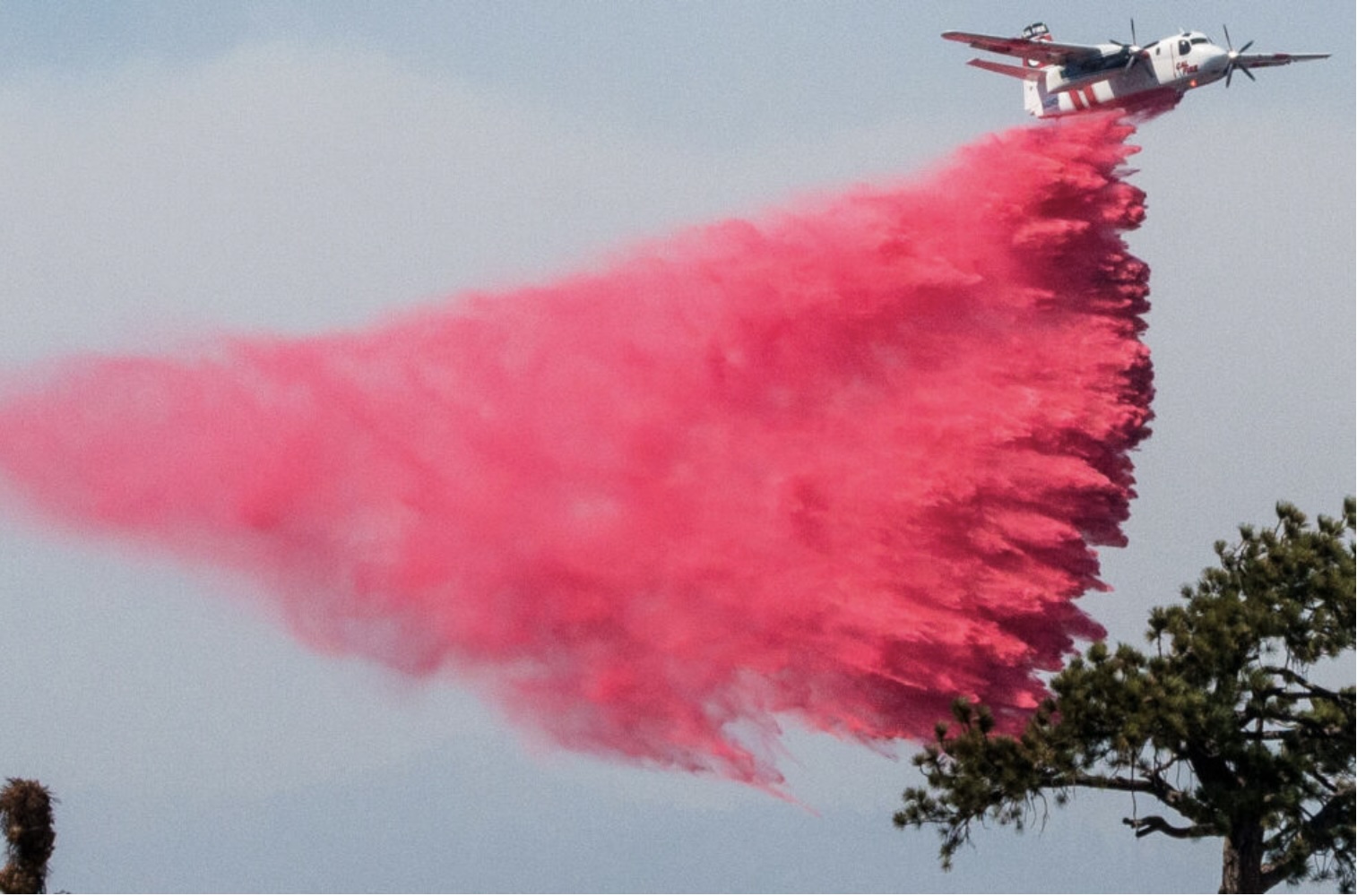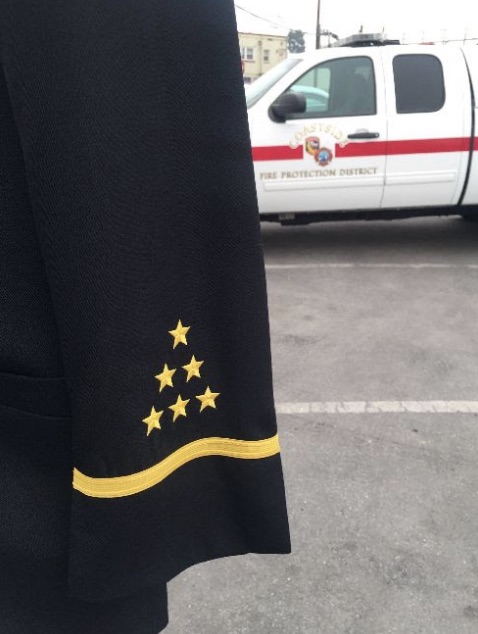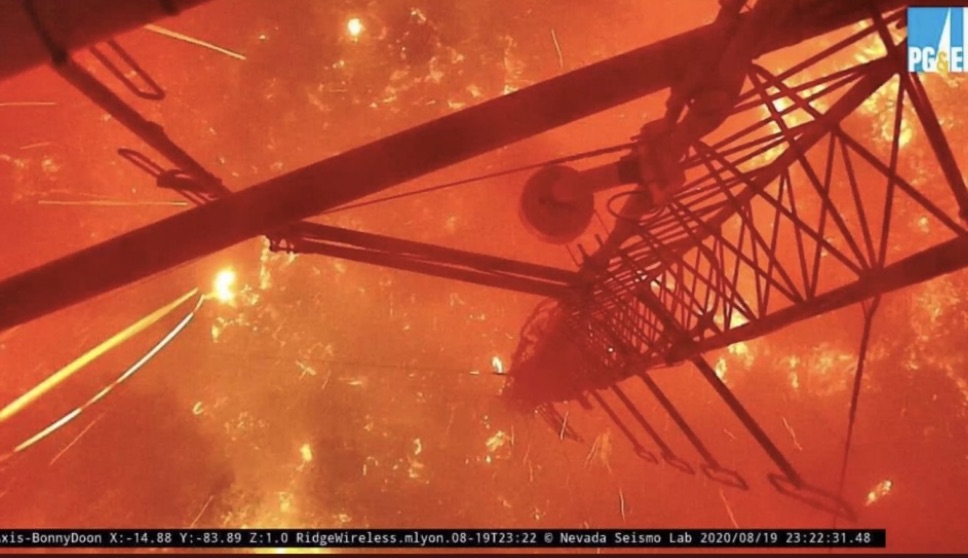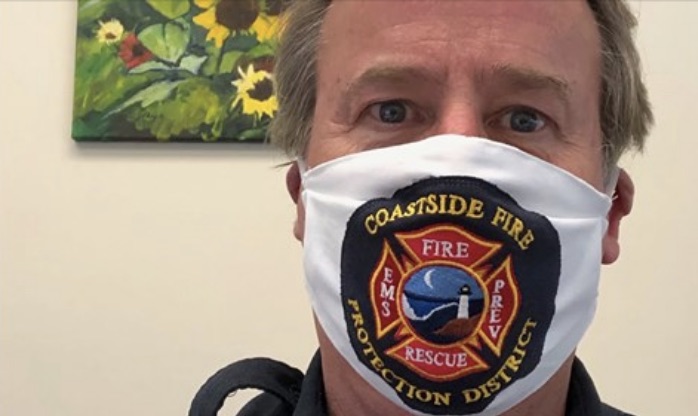|
Getting your Trinity Audio player ready...
|
ARTICLE. From the USC Viterbi of School of Engineering’s Sonny Astani Department of Civil and Environmental Engineering, October 2024.
A team of researchers from the USC Viterbi of School of Engineering’s Sonny Astani Department of Civil and Environmental Engineering have tested several wildfire suppressants, estimating in a paper in Environmental Science and Technology Letters, that these materials have released approximately 850,000 pounds of toxic metals into the environment in the Western United States from 2009-2021.
 Image credit: Istock
Image credit: Istock
Previously, researchers in the field found increased concentrations of heavy metals in the local waterways following wildfires. The new paper by the researchers at USC Viterbi, might explain why. The USC research team believes this to be the first paper to quantify environmental metal toxicity from fire suppression products.
Materials used to address wildfires including fire retardants, water enhancers and foams, all have to be approved by the U.S. Forest Service, says Daniel McCurry, the Dr. Shiao-Ping Siao Yen Early Career Chair in Civil and Environmental Engineering and Associate Professor of Civil and Environmental Engineering and the corresponding author on the paper. McCurry explains that the Fire Service approves materials after they pass a series of evaluations including for effectiveness and corrosion potential (as the fire suppressant is held in metal tanks). However, says McCurry, the companies that produce the materials that extinguish fires are allowed to keep up to 20 percent of their product composition proprietary as long as the products pass Forest Service evaluation.
The research was inspired by a query from LAist reporter Jacob Margolis, who was inquiring about whether wildfire suppressants might be harmful to the environment. McCurry and co-authors PhD student Marella Schammel and undergraduate student Samantha Gold, purchased fire suppressant materials, and using an inductively-coupled plasma mass spectrometer quantified elements that are known contaminants: vanadium, chromium, manganese, copper, arsenic, cadmium, antimony, barium, thallium and lead.
They then, using their measured concentrations combined with publicly available data on suppressant application rates, estimated the quantity of heavy metals that have been dropped in the Western U.S. over the last decade.
The findings:
- In the fire suppressant products tested, at least 8 metals were present at concentrations above the USEPA drinking water maximum contaminant level
- Approximately 1 million gallons of retardant were dropped in intrusions that entered surface waters.
- Phos-Chek LC-95 W, a clear version of the pinkish-red material often seen in footage discharged from planes, was found to have the greatest concentrations of most heavy metals. (The researchers go so far to note that Phos-Chek LC-95W could even be classified as “hazardous waste according to federal and CA regulations”) “
- An estimated 380,000 kg or ~1 million pounds of heavy metals are believed to have been released into the environment in the Western U.S. from 2009-2021
The lead author of the study, Environmental Engineering PhD student Marella Schammel said, “I think what surprised me most was the array of metals we found. Some of them make sense as they’re used as corrosion inhibitors (chromium and cadmium) or are known contaminants in phosphate ores (arsenic, among others) used in the active ingredient of the retardant. But others, like vanadium – which there’s a ton of in Phos-Chek – were definitely unexpected.”
Next steps:
The team plans to continue this research and to directly test soil and waterways prior to, and after wildfire season.
Forest Service Employees for Environmental Ethics (FSEEE): ‘Wildfire Retardant is Laden With Toxic Metals’
ARTICLE. Forest Service Employees for Environmental Ethics (FSEEE).
The calendar reminds me that this is the time of year for nonprofits to ask their members for a year-end donation. Your contribution ensures we can continue protecting our national forests, defend whistleblowers, and promote a positive environmental ethic within our land management agencies.
But what I really want to write about is alarming new research on aerial fire retardant. On October 30, scientists at the University of Southern California’s Department of Civil and Environmental Engineering published “Metals in Wildfire Suppressants,” which reports the first-ever chemical analysis of aerial fire retardants. The study answers the question:
“What’s in that red stuff dumped from firefighting airplanes?”
The answer? The most commonly-used retardant (Phos-Chek) contains toxic metals at levels that qualify it as a toxic waste Superfund site. Let’s take a look at the numbers.
California, where half the nation’s aerial retardant is dumped, set limits on toxic metals; anything over the limit is deemed a “hazardous waste.” The limit for cadmium is 1,000 micrograms per liter (μg/l). The USC scientists found cadmium at 14,400 μg/l in Phos-Chek — over 14 times the hazardous waste level!
Same story for chromium. The hazardous waste level is 5,000 μg/l. The Phos-Chek concentration of chromium is 72,700 μg/l. Vanadium? Phos-Chek has 119,000 μg/l of this toxic metal — five times the hazardous waste limit.
Think about it
The U.S. Forest Service is dumping the equivalent of a Superfund toxic waste dump on our national forests as it fights fires. Notwithstanding the typically dry jargon of academic research, it’s apparent the researchers were gobsmacked by their findings: “Phos-Chek would legally be characterized as hazardous waste under both federal and California regulations,” they write.
FSEEE brought the study to the attention of the Los Angeles Times, which published its story, “Wildfire retardant is laden with toxic metals, USC study finds,” on November 16. According to the Times article: “The findings offer a new clue to a phenomenon geochemists have documented for years: heavy metal concentrations in streams and rivers tend to spike after nearby wildfires. For instance, after the Station fire burned in Angeles National Forest in 2009, researchers measured cadmium concentrations up to 1,000 times greater in the Arroyo Seco.”
Consider California’s Proposition 65
Prop 65 regulates cadmium, chromium, and vanadium because they are carcinogens and can cause reproductive harm. This law requires that manufacturers of products sold in California identify on product labels the presence of these toxins. So what does Phos-Chek’s label have to say about these toxins?
“California Proposition 65: This product does not contain any substances known to the State of California to cause cancer, developmental and/or reproductive harm.”
As if that bold-faced lie weren’t enough, Phos-Chek doubles down with this greenwashing whopper:
Environmentally FRIENDLY
We believe protecting the environment is as important as protecting your home. That’s why PHOS-CHEK® contains ingredients that have met strict USDA Forest Service toxicity requirements. It has the additional benefit of providing nutrients for plant growth and re-sprouting. PHOS-CHEK® is approved for use by the USDA Forest Service and is friendly to people, pets and animals.
“Friendly to people, pets and animals” … huh, I’m speechless. Even its proponents are beginning to recognize that the retardant emperor has no clothes. According to the LA Times:
“Orange County Fire Authority Chief Brian Fennessy acknowledged drawbacks to use of retardant, including harm to aquatic life if it spills into waterways. But he said there’s simply no substitute for retardant when it comes to fighting wildfires. The viscous substance is more effective than water — it hangs up on the vegetation and retains its flame-slowing properties even when it dries, he said.
If his crews were no longer able to use it, he said, ‘I think you’d see fires get bigger — that’s the basic answer. I think there’s a tradeoff there and a balance, and each situation being a little bit different, those considerations need to happen and they need to be talked about,’ Fennessy said.”
“Andy Stahl, executive director of environmental group Forest Service Employees for Environmental Ethics, said the study bolsters fears of heavy metal concentrations in Phos-Chek that had until recently been supported by circumstantial evidence. For instance, a Washington air tanker base was in 2016 cited by the state Department of Ecology for violating the cadmium, chromium and vanadium limits set by its waste discharge permit. A Forest Service report said it could not rule out potential heavy metal impurities in retardant, which was hosed down from firefighting planes.”
— Alex Wigglesworth, Los Angeles Times, Nov. 16, 2024
It’s hard to talk about tradeoffs when the Forest Service and Phos-Chek’s manufacturer have been lying about the toxic chemicals in retardant for decades. Regardless, there’s no scientific evidence that aerial retardant actually keeps fires from getting bigger. The simple fact of nature is that retardant does not protect against high wind, which is when fires are at their most dangerous. Wind blows embers across retardant lines, across freeways; in fact, wind will blow burning embers for more than a mile, igniting whatever flammable roofs they land upon.
I truly wish that retardant was the silver bullet (sorry for the toxic metal pun) to stop damaging wildfires, but it isn’t. Protecting our homes and communities requires that we build homes that don’t burn because we ain’t ever going to eliminate fire from forests and grasslands.
Dumping toxic chemicals just adds insult to injury
Back now to our regularly-scheduled programming. If you can make a year-end gift to FSEEE, it would be so much appreciated. We are a small group that relies 100% on our individual supporters like you. We receive no funding from government — and never will — because doing so would compromise our ability to hold government accountable. FSEEE punches far above our weight, too, thanks to our expertise as insiders within the U.S. Forest Service.
We rely on the owners of our national forests — YOU — for our financial support. So, please, do consider making an extra contribution as we end this year. The challenges ahead for protecting our national forests aren’t going to get any easier.
Sincerely,
Andy Stahl, Executive Director
PS: You can make your gift online or by mail. If you’ve not had a chance to renew your FSEEE membership in 2024, your special contribution will also renew your membership. Thank you!
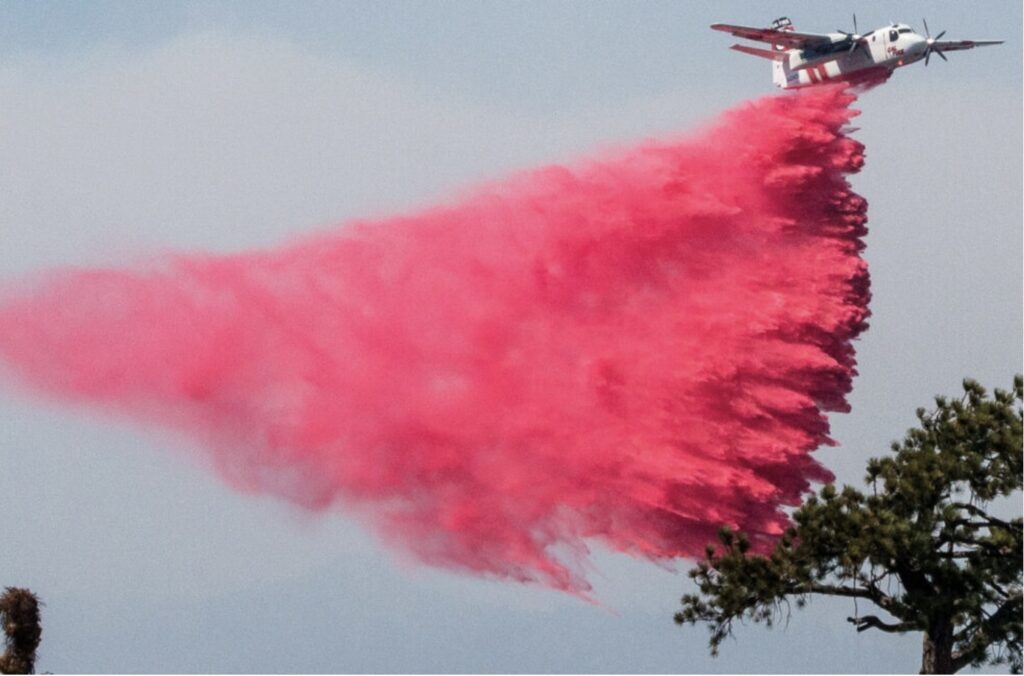
Our Mission
Our mission is to protect national forests and to reform the U.S. Forest Service by advocating environmental ethics, educating citizens, and defending whistleblowers.
As national forest advocates, Forest Service Employees for Environmental Ethics is made up of thousands of concerned citizens, Forest Service employees — present, former, and retired — other government resource managers, NGO members, and activists working to change the Forest Service’s basic land management philosophy.
FSEEE is a unique concept — a national organization of government employees holding the Forest Service accountable for responsible land stewardship. FSEEE believes that the land is a public trust, to be passed with reverence from generation to generation. The Forest Service and other public agencies must follow the footsteps of Aldo Leopold, a pioneer of conservation, and become leaders in the quest for a new resource ethic. Together we must work toward an ecologically and economically sustainable future.
More on Home Hardening on Coastside Buzz
InPerspective: Homeowner Insurance Reward for Wildfire Mitigation;
CalFire Presents Wildfire Awareness Webinar: Defensible Space & Home Hardening;


